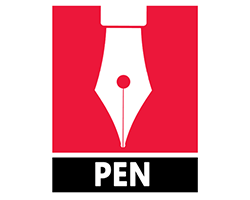Research article | Open Access
International Journal of Innovative Approaches in Agricultural Research 2025, Vol. 9(2) 110-126
Evaluation of Spray Drift in Agricultural Spraying Using Unmanned Aerial Vehicles
pp. 110 - 126 | DOI: https://doi.org/10.29329/ijiaar.2025.1321.5
Publish Date: June 30, 2025 | Single/Total View: 54/39 | Single/Total Download: 66/39
Abstract
The use of unmanned aerial vehicles, especially in agricultural pesticide applications, has increased significantly. Under constant conditions of UAV operating parameters such as altitude, velocity, and spray fluid type, droplet drift is mainly affected by meteorological conditions. When spraying applications made from the ground and air are compared, the differences in the drift models revealed that this issue should be examined. In this study, the subject of drift in comprehensive project studies has been emphasised. For this purpose, drifts that occurred in the spraying application with clean water using a DJI Agras MG-1P (RTK) model agricultural spraying drone at different heights (1.5-2.0-2.5 m) and spray rates (10-30 l/ha) were evaluated. When the results of drift studies are examined, the effect of the wind created by the propellers increases the drift when the drone approaches the ground. Around the application area (20 m), residue and droplet distributions were detected almost close to the application area (40 droplets/cm2 at 0 m, 35 droplets/cm2 at 20 m around). The droplet size (VMD) was approximately 355 μm at the optimal conditions. Spray droplets have been observed to be carried up to a distance of 40 meters with the effect of the wind. As the height of flight increased in the applications, there were deteriorations in the distribution as the wetting area of the spray expanded. In general, in the application at a height of 2.0 m, the droplet distribution was uniform and the risk of spray drift was low.
Keywords: Spraying, Spray Drift, Drone, Droplet Coverage, Unmanned Aerial Vehicle
| How to Cite this Article? |
|---|
|
APA 7th edition Harvard Chicago 16th edition |
| References |
|---|
|

